
How to Use SH1106: Examples, Pinouts, and Specs
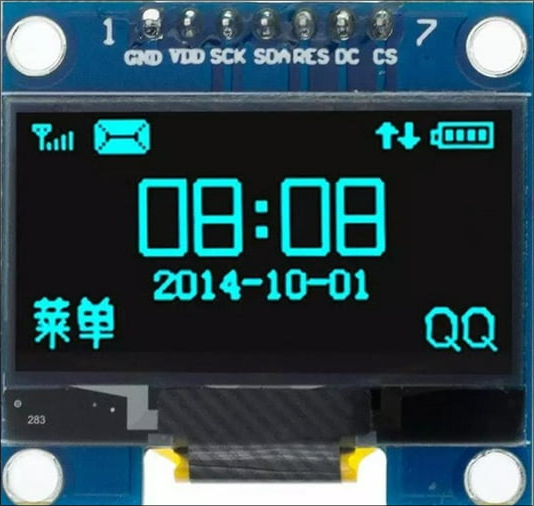
 Design with SH1106 in Cirkit Designer
Design with SH1106 in Cirkit DesignerIntroduction
The SH1106 is a monochrome OLED display driver designed to control OLED panels with a resolution of 128x64 pixels. It is widely used in embedded systems for displaying text, graphics, and simple animations. The SH1106 supports both I2C and SPI communication interfaces, making it versatile and easy to integrate with a variety of microcontrollers, including Arduino, Raspberry Pi, and other development boards.
Explore Projects Built with SH1106
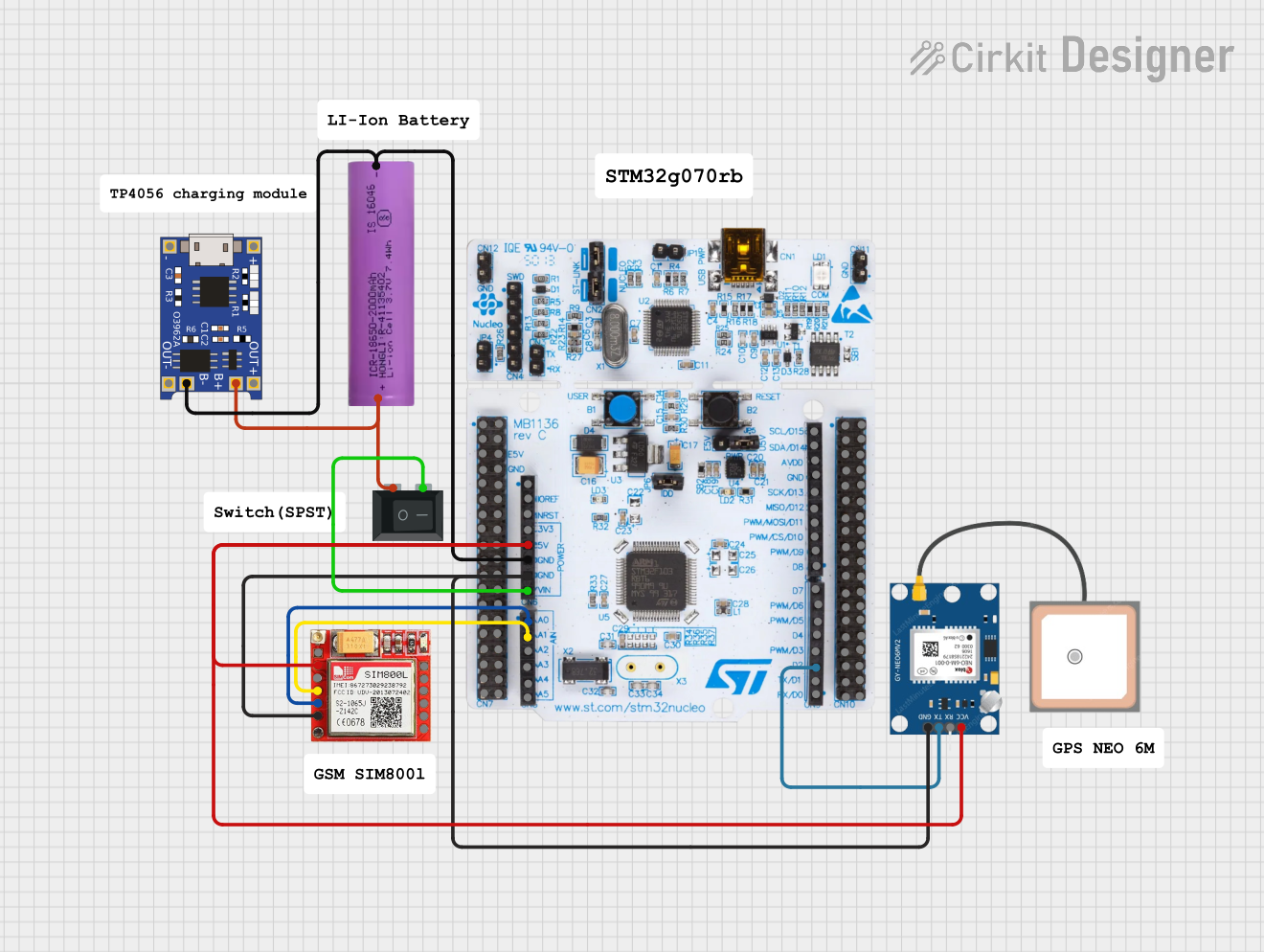
 Open Project in Cirkit Designer
Open Project in Cirkit Designer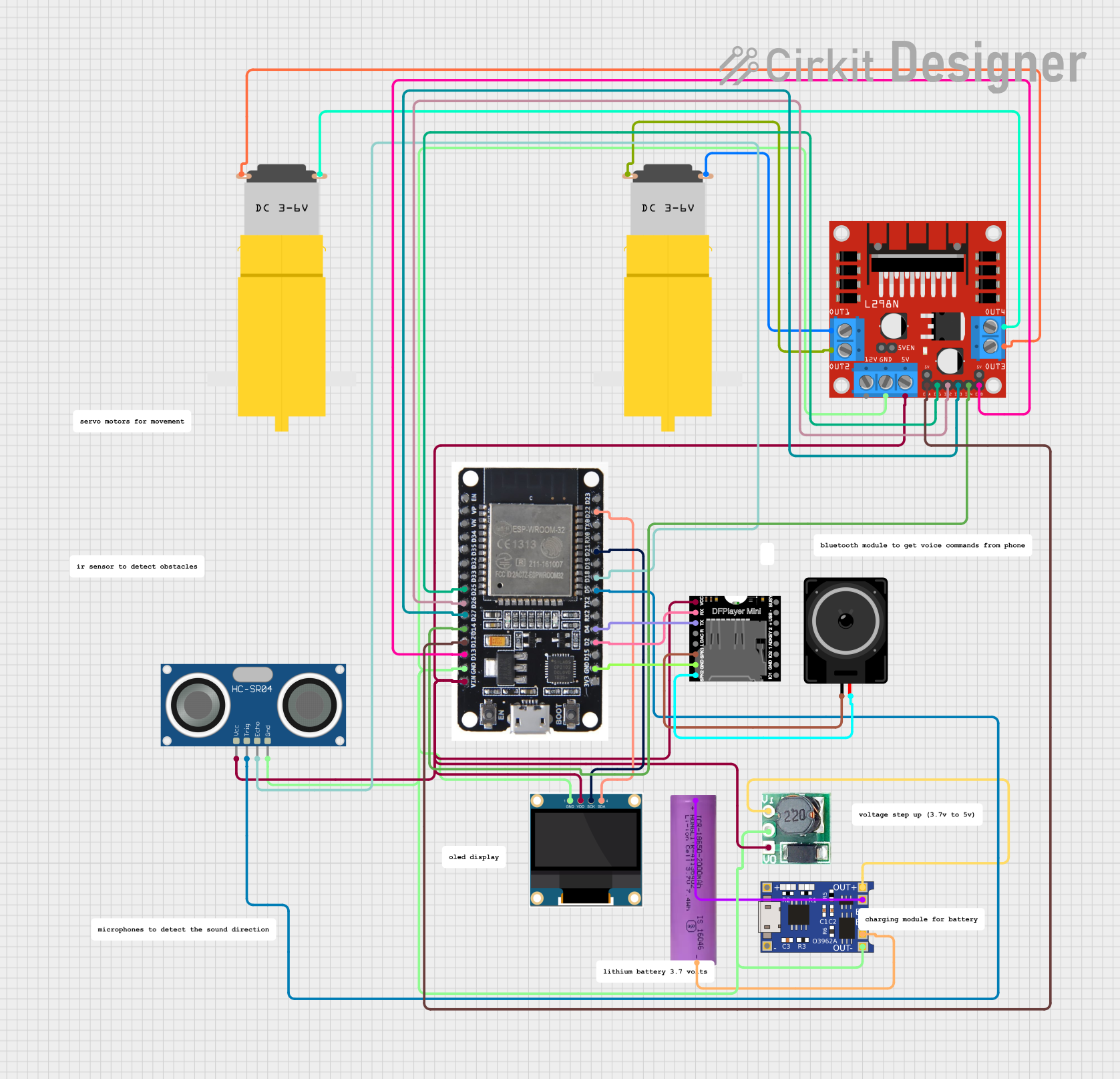
 Open Project in Cirkit Designer
Open Project in Cirkit Designer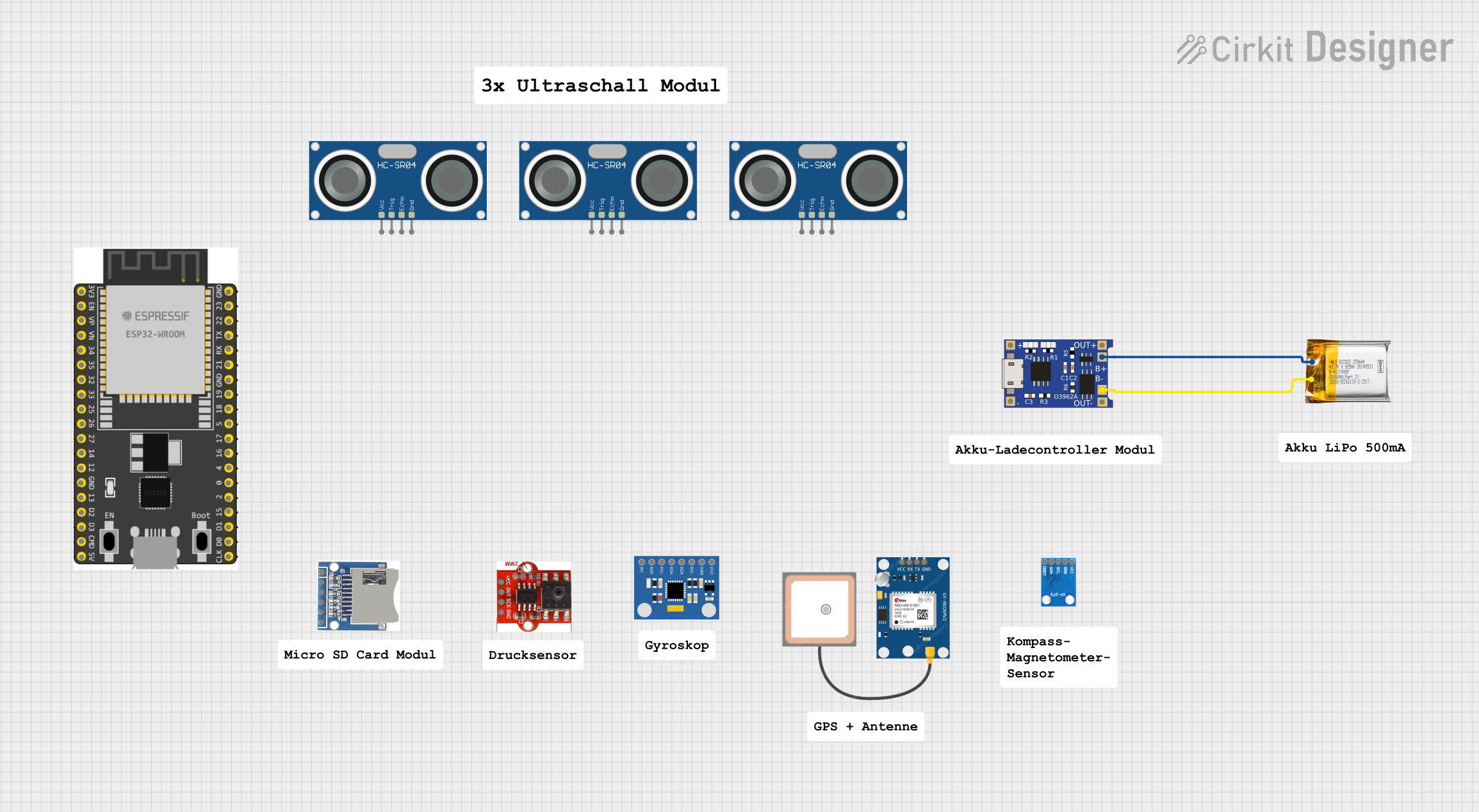
 Open Project in Cirkit Designer
Open Project in Cirkit Designer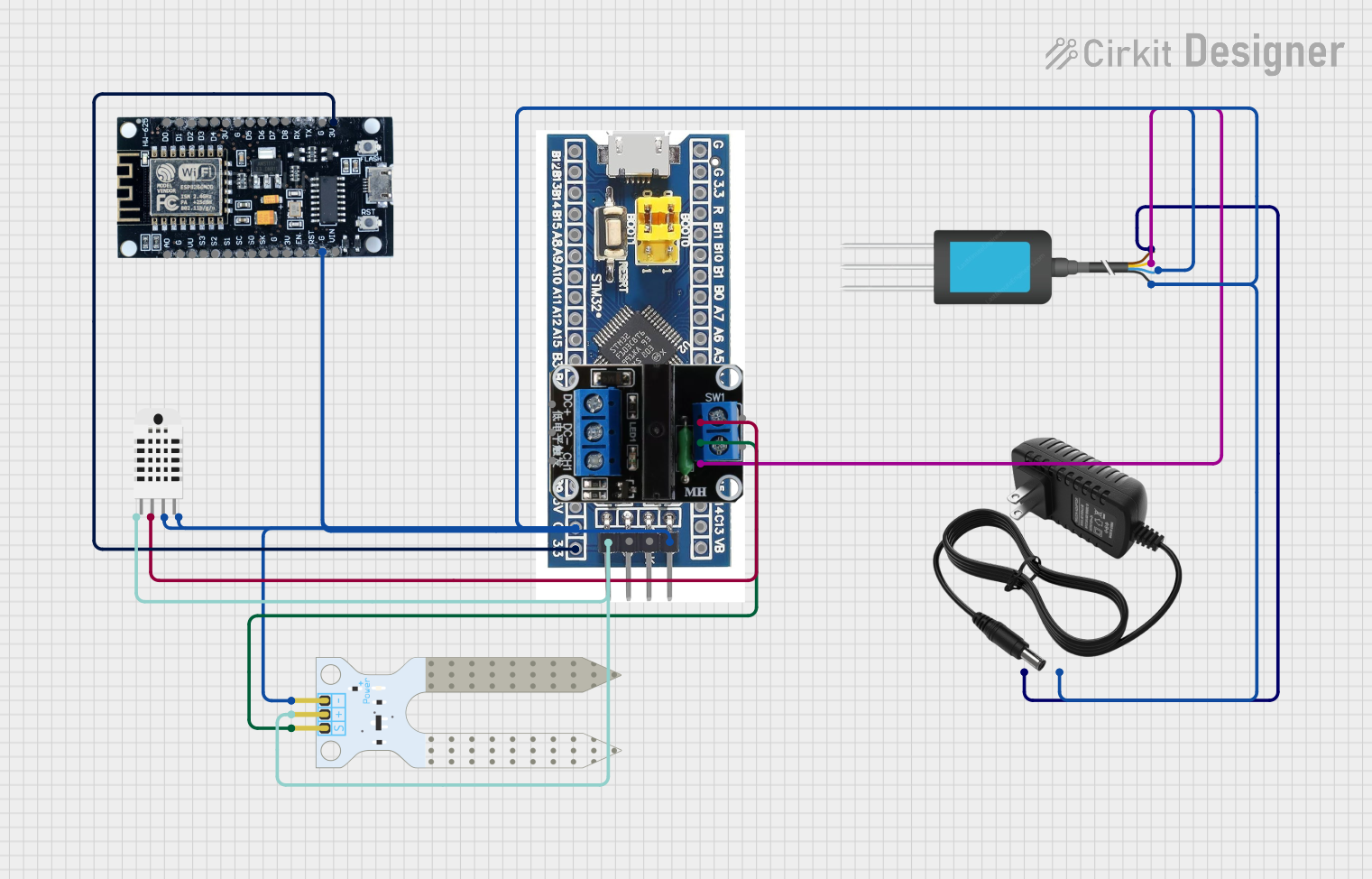
 Open Project in Cirkit Designer
Open Project in Cirkit DesignerExplore Projects Built with SH1106

 Open Project in Cirkit Designer
Open Project in Cirkit Designer
 Open Project in Cirkit Designer
Open Project in Cirkit Designer
 Open Project in Cirkit Designer
Open Project in Cirkit Designer
 Open Project in Cirkit Designer
Open Project in Cirkit DesignerCommon Applications and Use Cases
- Wearable devices
- IoT dashboards and displays
- Portable electronics
- Industrial control panels
- Hobbyist and DIY projects
Technical Specifications
The SH1106 is a highly efficient display driver with the following key specifications:
| Parameter | Value |
|---|---|
| Display Resolution | 128x64 pixels |
| Communication Interface | I2C or SPI |
| Operating Voltage | 2.4V to 3.6V |
| Logic Voltage | 3.3V (compatible with 5V logic via level shifter) |
| Operating Temperature | -40°C to +85°C |
| Current Consumption | ~20mA (typical, depends on display usage) |
| Pixel Color | Monochrome (white, blue, or yellow depending on OLED panel) |
Pin Configuration and Descriptions
The SH1106 OLED module typically has the following pinout:
I2C Interface Pinout
| Pin Name | Pin Number | Description |
|---|---|---|
| GND | 1 | Ground (0V reference) |
| VCC | 2 | Power supply (2.4V to 3.6V) |
| SCL | 3 | Serial Clock Line for I2C communication |
| SDA | 4 | Serial Data Line for I2C communication |
SPI Interface Pinout
| Pin Name | Pin Number | Description |
|---|---|---|
| GND | 1 | Ground (0V reference) |
| VCC | 2 | Power supply (2.4V to 3.6V) |
| SCK | 3 | Serial Clock Line for SPI communication |
| MOSI | 4 | Master Out Slave In (data input) |
| RES | 5 | Reset pin |
| DC | 6 | Data/Command control pin |
| CS | 7 | Chip Select |
Usage Instructions
How to Use the SH1106 in a Circuit
- Power Supply: Connect the
VCCpin to a 3.3V power source and theGNDpin to ground. - Interface Selection: Choose between I2C or SPI based on your application. For I2C, connect
SCLandSDAto the corresponding pins on your microcontroller. For SPI, connectSCK,MOSI,RES,DC, andCSas required. - Pull-Up Resistors: If using I2C, ensure pull-up resistors (typically 4.7kΩ) are connected to the
SCLandSDAlines. - Initialization: Use a compatible library (e.g., Adafruit SH1106 library) to initialize and control the display.
Important Considerations and Best Practices
- Voltage Compatibility: If your microcontroller operates at 5V logic, use a level shifter to avoid damaging the SH1106.
- Capacitors: Add decoupling capacitors (e.g., 0.1µF) near the power pins to stabilize the power supply.
- Library Support: Use well-documented libraries like Adafruit GFX and SH1106 libraries for easier integration.
- Contrast Adjustment: Adjust the display contrast in software to optimize visibility and power consumption.
Example Code for Arduino UNO (I2C)
#include <Wire.h>
#include <Adafruit_GFX.h>
#include <Adafruit_SH1106.h>
// Define the I2C address for the SH1106 display
#define OLED_I2C_ADDRESS 0x3C
// Create an instance of the SH1106 display
Adafruit_SH1106 display(-1); // -1 indicates no reset pin is used
void setup() {
// Initialize the display
if (!display.begin(SH1106_I2C_ADDRESS, OLED_I2C_ADDRESS)) {
Serial.println(F("SH1106 initialization failed!"));
while (1); // Halt execution if initialization fails
}
// Clear the display buffer
display.clearDisplay();
// Display a welcome message
display.setTextSize(1); // Set text size to 1 (smallest)
display.setTextColor(WHITE); // Set text color to white
display.setCursor(0, 0); // Set cursor to top-left corner
display.println(F("Hello, SH1106!")); // Print message
display.display(); // Update the display with the buffer content
}
void loop() {
// Add your main code here
}
Troubleshooting and FAQs
Common Issues and Solutions
Display Not Turning On:
- Ensure the
VCCandGNDpins are properly connected. - Verify the power supply voltage is within the specified range (2.4V to 3.6V).
- Check for loose or incorrect wiring.
- Ensure the
No Output on Display:
- Confirm the I2C or SPI connections are correct.
- Verify the I2C address (default is
0x3C) matches the one in your code. - Ensure the required libraries are installed and properly included in your code.
Flickering or Artifacts:
- Add decoupling capacitors near the power pins to stabilize the voltage.
- Check for noise or interference on the communication lines.
Partial Display or Missing Pixels:
- Inspect the OLED panel for physical damage.
- Ensure the initialization sequence in your code matches the SH1106 datasheet.
FAQs
Q: Can the SH1106 work with 5V microcontrollers?
A: Yes, but you need to use a level shifter to convert 5V logic to 3.3V to avoid damaging the display.
Q: What is the maximum refresh rate of the SH1106?
A: The refresh rate depends on the communication speed and the size of the data being updated. Typically, it can achieve up to 60Hz with optimized code.
Q: Can I use the SH1106 with Raspberry Pi?
A: Yes, the SH1106 is compatible with Raspberry Pi via I2C or SPI. Use libraries like luma.oled for Python integration.
Q: How do I adjust the brightness of the display?
A: Brightness can be adjusted in software by modifying the contrast register using the appropriate library functions.
This concludes the SH1106 documentation.